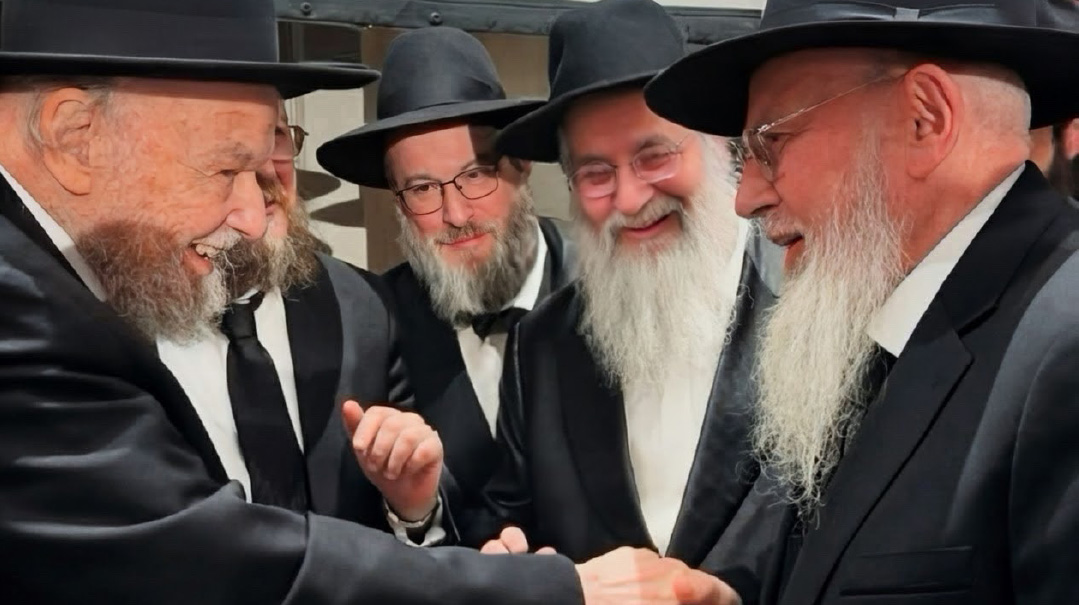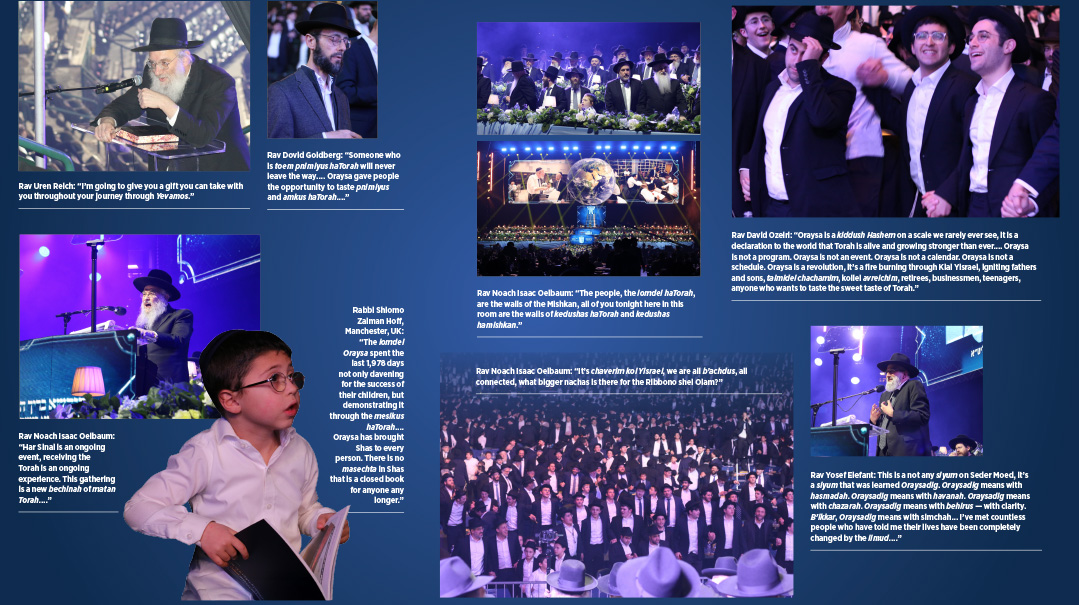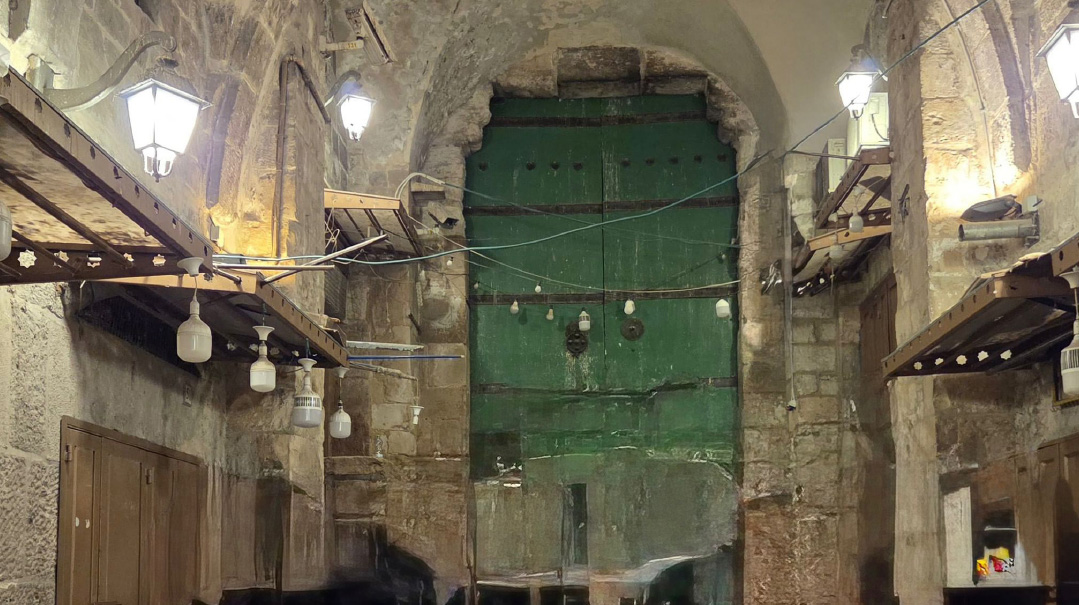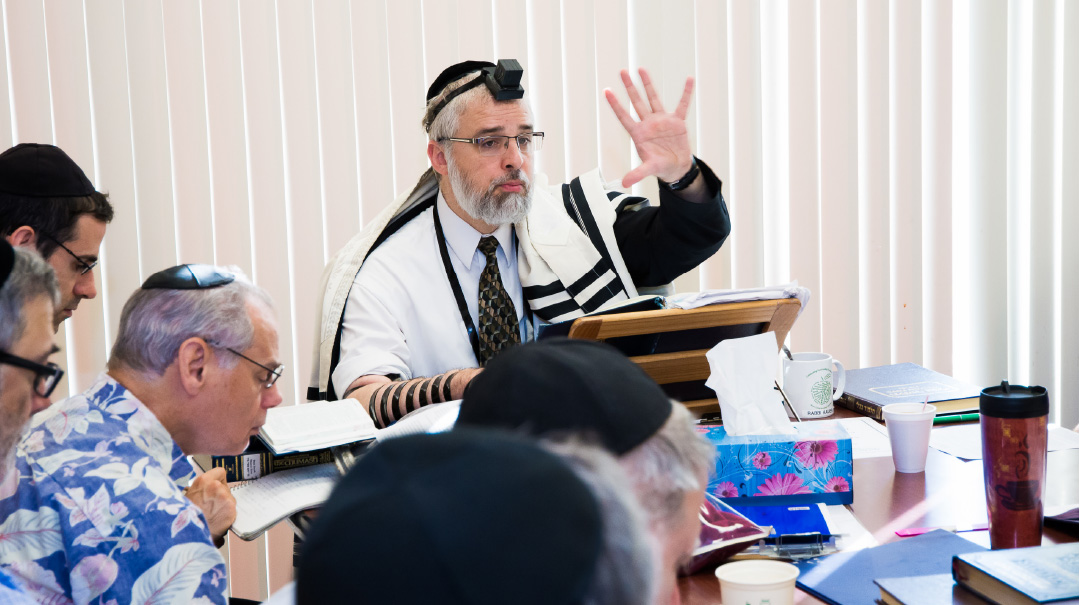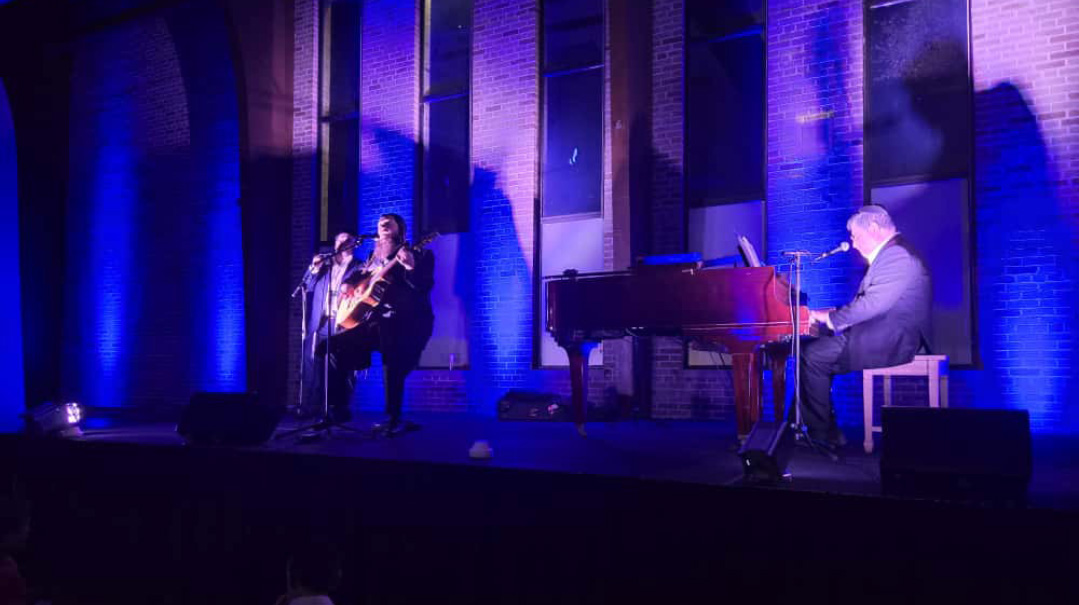The Moment: Issue 1037
| November 19, 2024This past Motzaei Shabbos, all of Klal Yisrael could cry out a national “vai avda nefesh”
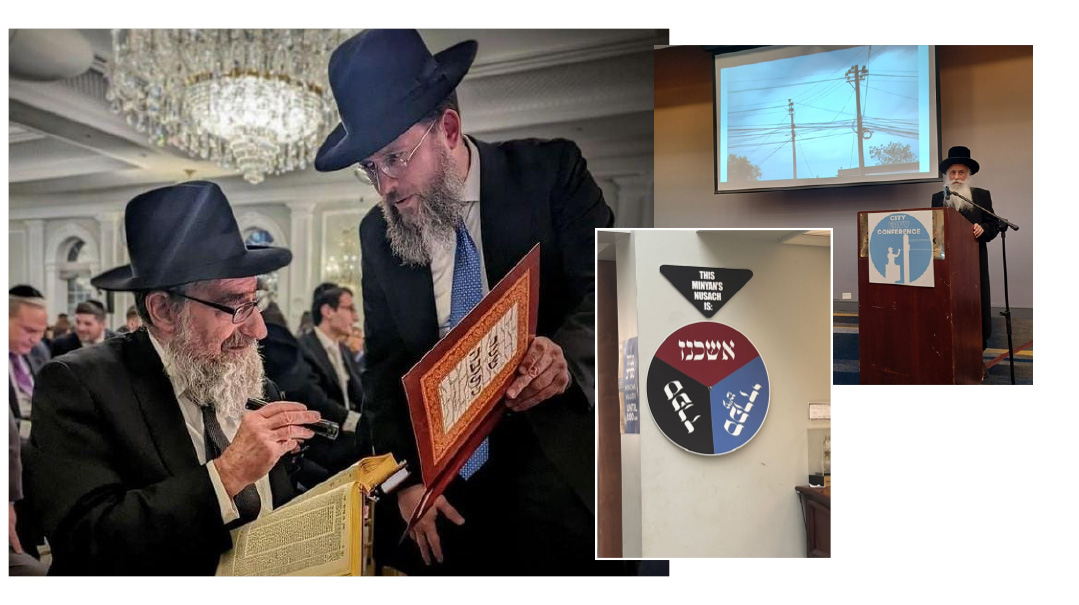
Photo: Donny Sokel
Living Higher
R
av Yehoshua Kalish a”h knew all of Shas, but he held a particular love for Maseches Beitzah. It is there that Chazal interpret the word vayinafash, the Torah’s description of Hashem’s resting on Shabbos, homiletically. “Vai avda nefesh,” teaches the Gemara, “woe to the loss of a soul.” On Motzaei Shabbos, we lose our neshamah yeseirah.
Woe to the loss.
But this past Motzaei Shabbos, all of Klal Yisrael could cry out a national “vai avda nefesh.”
After months of storming the gates of Heaven for mercy, those very same gates opened wide to admit a soul — a brilliant and beautiful nefesh.
Reb Yehoshua is here! There was no cry of “vai” in Shamayim. There was only joy and celebration as the man who learned Shas over 40 times came to take his seat in the Yeshivah shel Maalah.
The passing of Rabbi Kalish, the beloved rav of the Harborview Bais Medrash in Lawrence, New York, and longtime maggid shiur in Yeshivah of Far Rockaway, leaves hundreds without the mentor who had inspired them for decades.
But perhaps without knowing it, the whole world has suffered a staggering loss as well. Aside from his sedorim in yeshivah and various other shiurim he gave, Rav Yehoshua would learn seven blatt every day, finishing Shas each year. Rabbi Kalish once met the late rosh yeshivah of Mir Brooklyn, Rav Shmuel Berenbaum, at a vort, and Rav Shmuel proceeded to share a shtickel Torah. He began quoting a Rashi — Rabbi Kalish knew it by heart. He tried another Rashi — Rabbi Kalish knew it by heart. A Rashba, a Gemara, yet another Rashi. Rabbi Kalish knew it all.
Sometime later, Rabbi Kalish was in the Mirrer Yeshivah for a simchah and observed as Rav Shmuel gave a Mishnah Berurah shiur. At one point, Rabbi Kalish interjected, sharing his take on the halachah.
Rav Shmuel looked up and smiled. “I knew you were a baki b’Shas,” he said, “I didn’t know you were a baki in halachah as well.”
And while he was so engrossed in his learning, he remained the most relatable rebbi and rav. At the levayah, his son, Reb Meir Simcha, shared his father’s explanation for the neshamah yeseirah.
“My father explained that the neshamah yeseirah makes peace between the guf and the neshamah,” he said.
Through the neshamah yeseirah, physicality and spirituality live in consistent harmony. Rabbi Kalish was this neshamah yeseirah — able to relate to the most basic questions and concerns, never looking down or denigrating anyone.
Rav Moshe Brown, fellow maggid shiur at Yeshivah of Far Rockaway and rav of Agudas Yisrael of West Lawrence, described his 60-year-long friendship with Rabbi Kalish: “I don’t recall him ever saying anything negative about anyone.”
In addition to serving as a maggid shiur and shul rav, he was also the rav at Camp Heller each summer. Summer presents the one day when one cannot study Torah — or at least, most of it. Halachah dictates that only certain segments of Torah may be studied on Tishah B’Av — included in this list is the third perek of Moed Katan, comprising 14 blatt.
“We would daven Minchah at 1:30,” says Rabbi Zalman Stern. “Then Rabbi Kalish began to give a shiur on Moed Katan — which went until Maariv, at 8 p.m.”
Rabbi Stern relates that those who made it through the entire six hours were considered heroes: “It changed their lives.”
But for Rabbi Kalish, it was just the beginning. Once Tishah B’Av ended, he needed to learn his daily seven blatt, as well as give his Daf Yomi shiur.
During his hesped, son Rabbi Daniel Kalish, menahel at the Mesivta of Waterbury, shared how he envisions his father in Shamayim, rushing to speak in learning with the Chofetz Chaim, Rav Akiva Eiger, Rav Meir Simcha of Dvinsk.
And we? We are left without the one who bound together body and soul, heaven and earth.
Vai avda nefesh.
Keep Calm and Carry On
Over 100 poskim, eiruv builders, city supervisors, and checkers came together on Sunday and Monday for the OU’s second annual City Eruv Conference at the Marriott Saddle Brook in Bergen County, New Jersey. The attendees heard from poskim how the complexities of hilchos eiruvin apply to modern cities, and networked with colleagues to glean tips on best practices of eiruv construction and supervision.
Rav Yechiel Steinmetz, the Vizhnitzer Dayan and head of the Mishmeres L’eiruvin L’mehadrin, underscored the importance of the gathering by recounting an incident when he installed an eiruv in a frum community. One of the lechis (posts) had been placed against a tree in front of a certain home. When Rav Steinmetz came on Erev Shabbos to inspect the eiruv, he noticed that the wire string had been removed from the lechi and wrapped around the tree, rendering it pasul. The homeowner noticed Rav Steinmetz’s puzzlement and explained that he himself had removed the string from the flimsy pole and tied it around the tree in an attempt to make it nice and strong.
Eiruvin is considered one of the most complex subjects in halachah, and many struggle to understand its nuances.
The City Eruv Conference was an opportunity to celebrate those tasked with the noble — and complicated — duty to bind all Jews together with a string, a pole, and relentless dedication.
Nusach Compass
At Beit Medrash Hachaim Vehashalom in Cedarhurst, New York, the beis medrash is humming round the clock with nonstop minyanim. To welcome one and all to join together in tefillah, the shul has installed a convenient and custom-designed “compass.” It not only notifies mispallelim which nusach a particular minyan is adhering to, but also relays the message that all Jews are welcome at this shul.
(Originally featured in Mishpacha, Issue 1037)
Oops! We could not locate your form.


